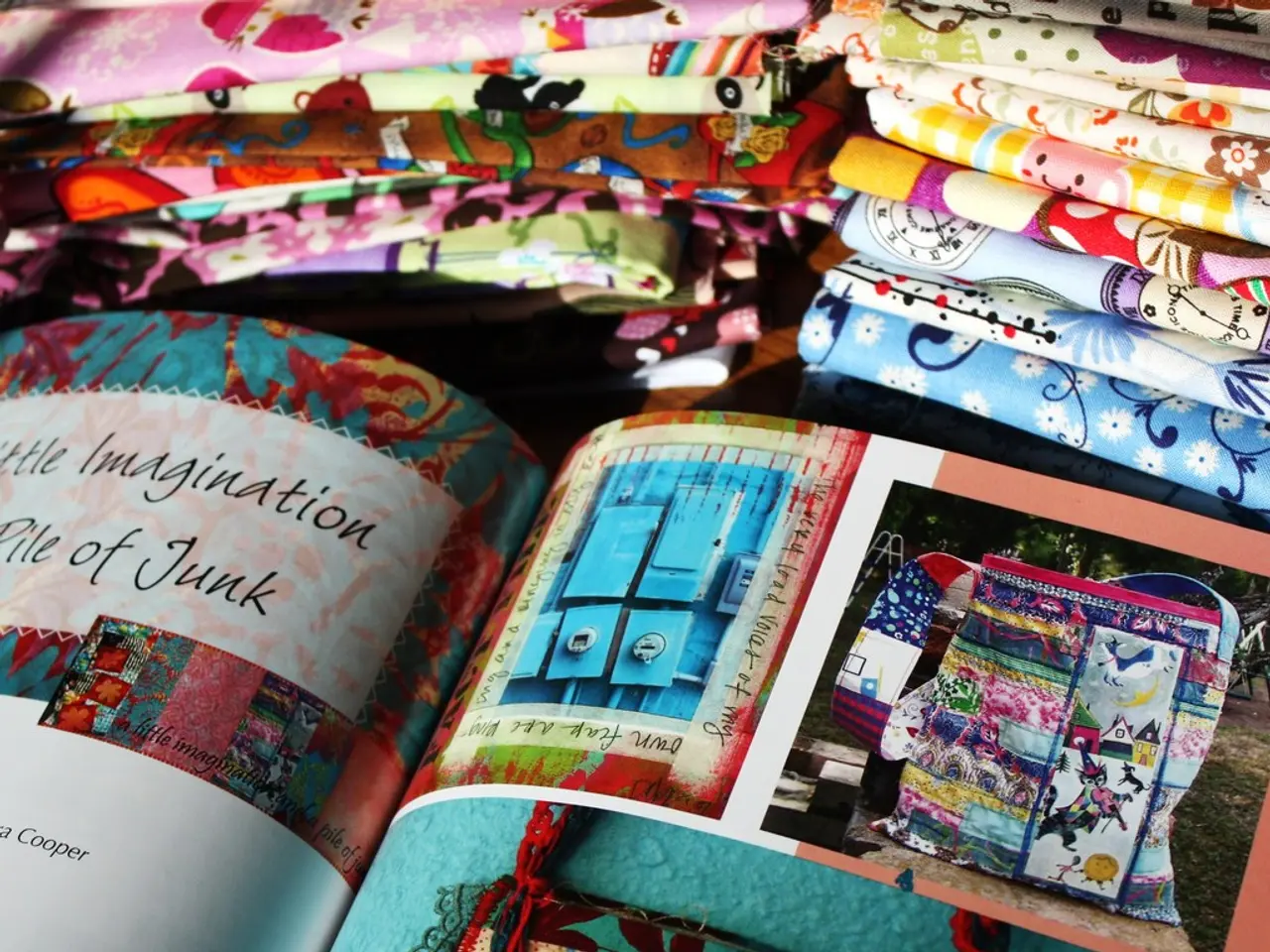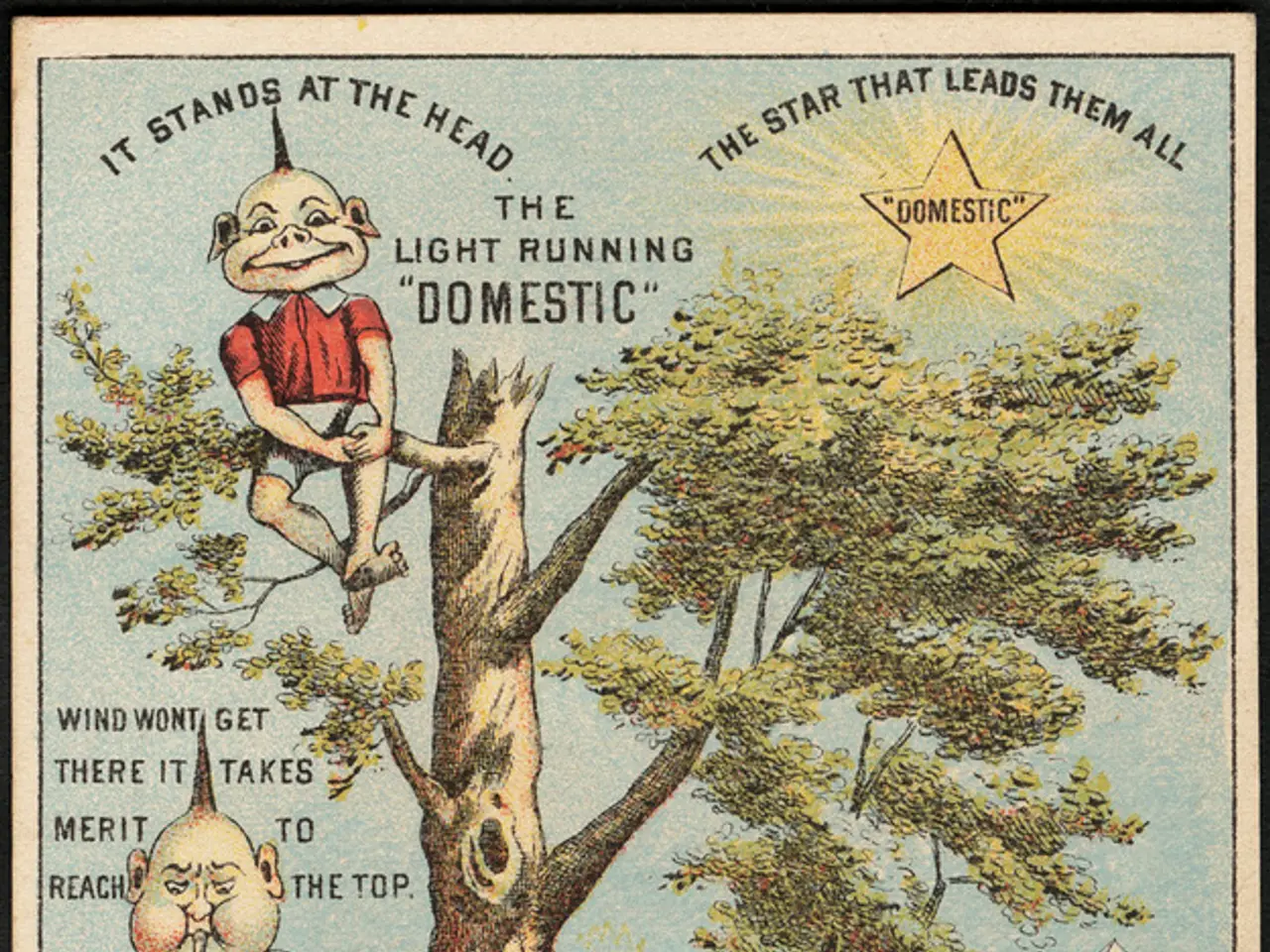Electoral Campaigns in India Employing Narrative Storytelling Techniques
In recent years, narrative-based storytelling has revolutionised election campaigns in India, providing a powerful tool for political parties to connect with voters on an emotional level. This approach allows politicians to shape public opinion and foster a sense of unity among their audience.
## The Impact of Narrative-Based Storytelling
One of the key advantages of narrative-based storytelling is its ability to create an emotional connection between voters and political leaders. For instance, the BJP's campaign in 2014 effectively used narratives of development and change, resonating with many Indians seeking economic growth.
Narratives also play a crucial role in identity formation and reinforcing political ideologies. They can evoke a sense of community and shared values, fostering political mobilisation.
Moreover, storytelling makes political campaigns more engaging and accessible to a broader audience. This can include using folklores and cultural narratives deeply ingrained in Indian society, as well as highlighting real-life examples of challenges, hope, and transformation that align with campaign goals.
The use of digital media has further amplified the reach of these narratives. Social media platforms are leveraged to disseminate targeted messages, making it easier to reach a large audience and influence public opinion.
## What Makes It Effective
The effectiveness of narrative-based storytelling is enhanced by several factors. Relatability is key, with narratives that align with the aspirations of the people being more impactful. They often tap into the hopes and fears of the electorate, making them more memorable.
Consistency in messaging is also essential. Political parties need to maintain a coherent narrative across different platforms and events to build trust and credibility.
Incorporating cultural elements or folklores into political narratives can make them more appealing and authentic, connecting with voters on a deeper level. The strategic use of digital platforms to amplify these narratives has been crucial, allowing political parties to reach a wide audience and create a lasting impression through repeated exposure.
## The Future of Narrative-Based Storytelling
As modern, digital-savvy voters seek emotional connection, narrative-based storytelling continues to play a significant role in Indian politics. Effective communication requires understanding and embracing various communication formats and channels, including social media.
Consistent reinforcement of a narrative over time strengthens its impact and voter recall throughout the campaign. Candidates are offering promises and sharing stories that connect emotionally with voters, while campaigns handle setbacks publicly by openly acknowledging them within the campaign story, reinforcing resilience and authenticity.
Integrating cultural myths or local stories to evoke shared heritage and emotional resonance is another strategy used by successful campaigns. The 'protagonist vs. challenge' structure captures attention by casting the candidate as hero overcoming obstacles to serve voters.
In conclusion, narrative-based storytelling in India's election campaigns has transformed the political landscape, bridging the gap between politicians and citizens. By humanising their image through personal struggles or volunteer achievements, candidates can forge deeper connections with voters, ultimately shaping the course of the nation.
Politicians capitalize on social media platforms to disseminate narrative-based stories, aiming to influence general-news and public opinion. These narratives often reflect the aspirations and challenges faced by the electorate, crafted for relatability and emotional impact, thus shaping the narrative of politics in recent years.
In the future, successful political campaigns will continue to embrace narrative-based storytelling, integrating local stories and cultural myths to evoke shared heritage and emotional resonance, further bridging the gap between candidates and their constituents.








